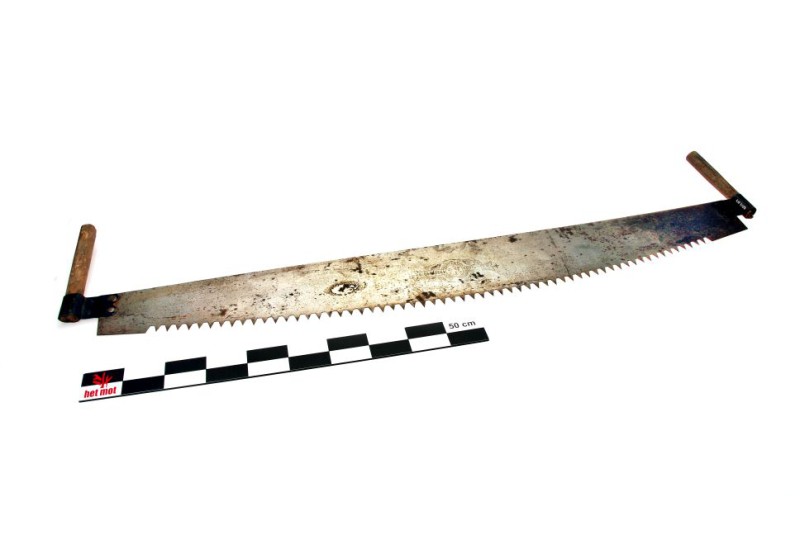Research
Search our website
Search our website by entering a keyword or choose a database above to search specifically.
Search
Showing search results 8,421 - 8,430
14,445 results found

Double-handed crosscut saw
The double-handed crosscut saw is a large, rigid-bladed saw used by two men
(1) to cut logs and beams across and fell trees. She cuts in both
directions. This saw consists of a long toothed blade (1.30-2 m) (2) often
wider in the middle (12-17 cm), and at the ends two straight handles (3) of
approx. 50 cm. There are now crosscut saws saws with adjustable handles,
which can be placed vertically or horizontally. The log to be cut is rolled
onto a crosspiece and the sawyers pull (never push) the saw in turn. [MOT]
(1) In softwood, some craftsmen could handle this saw alone. (2) BOERHAVE
BEEKMAN 1949/5: 408, fig. 11.09 shows a tree with a circumference of 13.19
m that has been cut down with two crosscut saws that are welded together in
line. (3) The crosscut saw with closed handles (eg BISTON-BOUTEREAU-HANUS:
247) appears to be rare.

Diamond sieve
This text can only be consulted in Dutch
<https://www.mot.be/resource/Tool/diamond-sieve?lang=nl>

Curd harp
Curd harp to stir the cheese curd to become dryer after it has been cut
with the curd knife. For a desciption of this tool, see the dutch version
of this tool page. [MOT]

Dancing master calliper
This text can only be consulted in Dutch
<https://www.mot.be/resource/Tool/dancing-master-calliper?lang=nl>

Digging fork
A digging fork is used to work or crumble stony or strongly cohesive (clay)
soil and to dig in manure. In the (vegetable) garden, unlike the garden
spade, the roots of the plant are less damaged when transplanting with the
digging fork. For the same reason, the gardener also prefers this tool for
sticking out creepers and shrubs. A slightly wider and longer fork is used
as a potato lifting fork. See also the little digging fork. [MOT]

Detonating cord crimper
This text can only be consulted in Dutch
<https://www.mot.be/resource/Tool/detonating-cord-crimper?lang=nl>

Darner
This text can only be consulted in Dutch
<https://www.mot.be/resource/Tool/darner?lang=nl>

Coping saw
This text can only be consulted in Dutch
<https://www.mot.be/resource/Tool/coping-saw?lang=nl>

Daisymaker
This text can only be consulted in Dutch
<https://www.mot.be/resource/Tool/daisymaker?lang=nl>

Docking-iron
Hand tool used by the shoeing-smith to trim the tail beyond the tailbone of
draft horses (1). It is tang-shaped with relatively long (approx. 30-40 cm)
arms, with or without wooden handles. One jaw is cut in a U-shape and is
hollow so that the cutting blade fits on the other jaw; exceptionally it is
made of wood (2). The tail is cut just after the sacrum so that it cannot
grow back. The wound is burned out with a cauterizing iron. [MOT] (1) N.L.I
.: s.v. brûle-queue, reports that the horse's tail was cut off after it
suffered a stroke. (2) STOQUART: 23.








